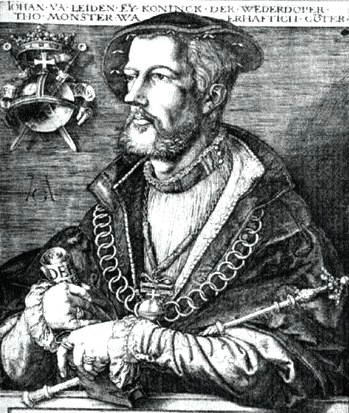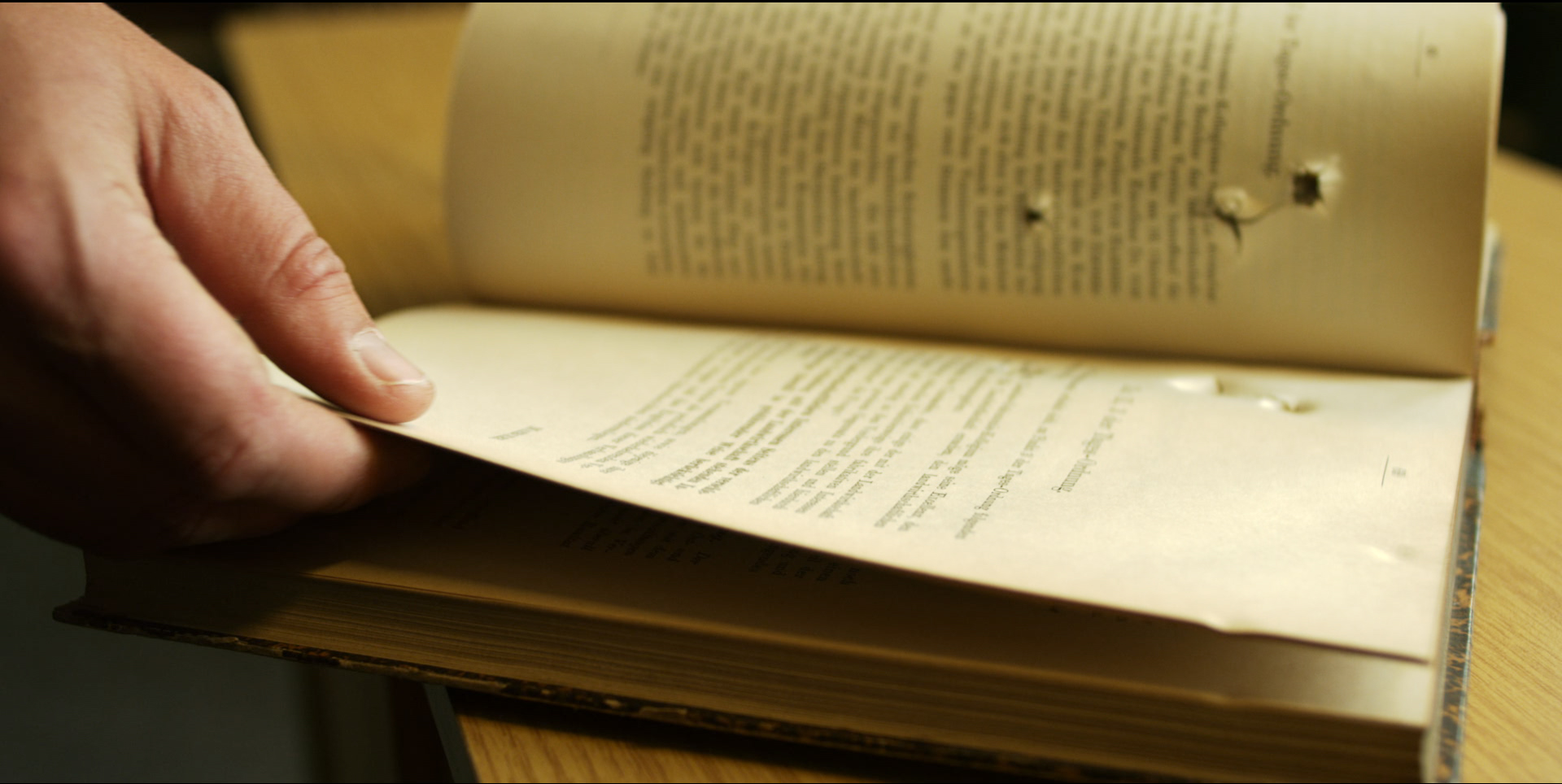The panel for this talk was graced by industry leaders representing the spectrum of distribution possibilities available to filmmakers today: Brian Newman ( Founder of Sub-Genre, The Transparency Project), Amy Slotnick (Slingshot Films), Bill Thompson (SVP of Theatrical Sales, Cohen Media Group), Dan Truong (Director of Release Strategy & Financial Planning, The Orchard), Jamie Wilkinson (VHX TV), and moderator Isil Bagdadi (Co-Founder and President of Distribution, CAVU Pictures).
It's no secret that the film media market is flooded with content given the new and proliferating accessibility of technology, and that this glut on content makes it a challenge for filmmakers to find the traditional distribution they perhaps dreamed of when they embarked on a career in film. Simultaneously, distributors - old and new - are playing catch up with new platforms and windowing opportunities both as resources and as competition. The film distribution opportunities available to independent filmmakers have never been so varied and prevalent, but it doesn't mean that the process is any more simple or profitable.
Here are the highlights from the panel:
- As always, know your goals.
Is it more important to you to see your film in a theater, even if it's just for a week in one market? Or is it more important to share it with as many people as possible, anywhere in the world?
Knowing your goals can help keep you in the driver's seat of your distribution deal. If your goal is to share your film with the broadest audience possible, you'll want to see a special emphasis on VOD and VOD marketing in a distribution deal. The same goes for theatrical markets, specific territories, community screenings, etc. - knowing where and how you want your film to be seen will help you determine the best distribution deal.
- Get everything in writing
Every deal is different and negotiable, but the basics of a distribution deal are:
- Rights – the scope of ownership the distributor assumes in selling your project, including ancillary, sequel, merchandising (“any future technologies”), and festival rights
- Distribution Fees - a percentage taken of the profit usually not inclusive of any marketing or applicable expenses though those expenses will be deducted before fees are applied
- Profit Share - the percentage of profit the filmmaker and distributor will see as revenue comes in; can be proposed as tranches to balance over time/as revenues increase
- Timeline - the amount and scheduling of time that the filmmaker makes a commitment of rights, and the distributor commits its marketing campaign and windowing
- Territories - where the distributor has the right to sell the film
As the filmmaker, it's essential that you advocate for your film and goals, and recognize that a distribution deal is often a profit-seeking venture, not a necessarily a career builder*. If you have film festivals lined up or still want to apply, make sure that's written into the distribution agreement. If there's a theatrical market of special interest or value to you, ask that it be specified. Whatever it is you want for your film, GET IT IN WRITING.
*You can make a distribution deal a career builder with the right counsel, clear goals, and enough of a budget to make choices independent of cash flow.
- Keep your costs low and focus on the film's "distribution currency"
What's low? According to one panelist, $350,00 is the maximum budget at which to produce a film and make your (and your investors') money back. Films in the $350,000-and-under range most consistently see a return, meaning those filmmakers can create trusting, long-lasting relationships with investors who will be available invest again.
The dollar amount you spend on your film has no direct correlation to its value in the eyes of a distributor (though it may inform the kind of distribution deal you take, or reject). Focus on increasing the market value of your film by paying attention to the territories of special interest, market size, and audience engagement. Can you co-produce in the UK and therefore be of special interest to UK theaters, television channels, and audiences? Do it! Can you cast internationally to increase your appeal and tap into existing audiences? Do it! This kind of packaging increases your distribution currency - it gives sales agents a broader set of interested parties and more ammunition to demand a higher price.
- Plan Your Budget & Your Release for Maximum Financial Return
Reserving or raising 30-50% of your total film budget for distribution and deliverables will give you leverage to make smart distribution choices. That chunk of change will enable you to decide if a more traditional deal is the best way forward, or if independent distribution (and independent marketing & publicity) makes more sense for your goals. And it will pay for the deliverables either way.
Screening in 10-15 major markets positions your film for the premium VOD price point. In independent distribution terms, this means at least 300 community screenings, plus awards.
Consider a service deal where traditional full distribution deals aren't optimal. Service deals can mimic a traditional distribution release, but the filmmaker retains rights in exchange for direct payment of marketing costs.
- Audience, Audience, Audience
he audience is your most valuable asset whether you go with traditional or independent distribution. In a traditional deal, your audience can provide you the leverage you need to reach your goals. An identifiable audience can justify a theatrical release, improve your VOD price point, and help you hit your market benchmarks as the distribution campaign rolls out. In an independent distribution campaign, an audience is the engine that drives the success of your film. Audiences can create a conversation, meet the market requirements for high value VOD deals, and - most importantly - become advocates of your filmmaking career.












